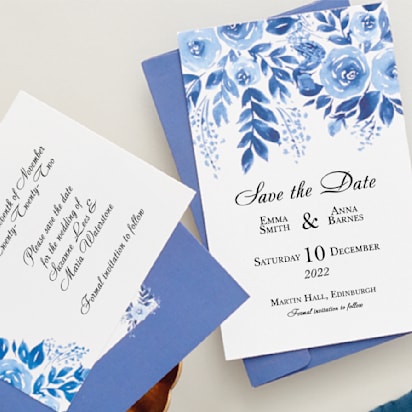Every business, big or small, has its own ways of interacting with customers. But there are some small things you can do to help customers see you in a more favourable light as they shop. From mood lighting to offering plush seating, making tweaks to your shop or site can make the difference in how customers perceive you – making them stay longer to and keep coming back.
We’ve worked with expert consumer psychologist, Kate Nightingale to reveal the subtle cues you can use in the run up to a very busy spending period to engage your customers and maximise your sales. These cues also help explain why shoppers are drawn to certain brands over others, so you can see where you can apply them to your business.
Take these cues on board for your business ahead of key spending periods, such as Black Friday, Christmas and other events during the year.
Read on for the subtle cues you can use for your small business.
- Harnessing one scent for your brand means consumers focus on products: Small businesses who use a single aroma in their physical space can increase sales by 32% or by two more products purchased, per shopping trip, as it allows the subconscious brain to focus on the businesses’ product offering. Consumers who receive scented leaflets and ephemera which include the single brand scent are more likely to remember the businesses they came from.
- Playing less popular music can mean consumers spend up to 20% more: Businesses that play music from less popular artists can increase consumer spending, dwell time and impulsive shopping by around 20%, as studies show that consumers experience a strong pleasure listening to less known artists, which in turn leads to more positive interaction with a small business.
- Selecting rough textures causes consumers to be empathetic and willing to help brands: Using rough surfaces in shops and for product packaging can trigger increased empathy and helping behaviour from consumers. This is because touching rough textures activates a sensory metaphor of rough circumstances, increases attention to others’ difficult conditions and subsequently leads shoppers to more empathetic behaviour, which is useful for small businesses who have a charitable or community angle.
- Creating FOMO can cause more product interest for small businesses: Competing during Black Friday is getting much tougher. Small businesses can use scarcity to their advantage by indicating how many products they have left in stock for that special price. Although often used, it’s an extremely effective cue as humans are hardwired to not want to lose out. Small businesses can do this through social media posts, leaflets, website banners or email newsletters.
- Installing mood lighting in shops helps consumers fall in love with products: Using dim and warm coloured light in a physical space or in ecommerce images has been shown to increase impulsive spending thanks to the activation of consumer’s desires and reduction of their socially conforming behaviours, such as impulsivity, meaning they are more willing to try the small businesses’ offering.
- Providing a sweet taste for consumers increases positive mood and generosity: Giving customers a sweet treat at a shop entrance or in packaging sets their emotions to a positive mode, causing them to positively evaluate a small businesses’ offering. It also activates reciprocity, as human nature means we need to return a favour, causing shoppers to purchase or leave a more positive review. A sweet taste has also been linked to a more generous mood, but be mindful of current Covid regulations and make sure any sampling or gifting is done safely.
- Adding soft seating increases small talk: Having soft seating in your physical shop makes small businesses feel more approachable and friendly, increases dwell time, and opens consumers up to social interaction with sales associates.
- Opting for more brand colours helps you stand out in a crowded market: Small businesses should feature between 10 and 30 colours as part of their brand guidelines, of which between three and eight are primary brand colours and the rest are secondary. This gives a stronger differentiation in a crowded market. Small businesses can mix a few vibrant colours together to make them appear joyful, something consumers are very responsive to now.
- Allowing consumers more control inspires loyalty for small businesses: Over the next 12 to 24 months it’s crucial for customers to feel in control of every brand interaction they have – it’s key for our sense of safety, and more control leads to higher wellbeing. Due to considerable restrictions over the past 18 months, customers that have been denied control over basic daily decisions seek to claim it back in other areas of their life, such as through the small businesses they purchase from, follow or have a relationship with. Small businesses can harness this by encouraging their followers to vote for certain products or offerings on social media, offering personalisation to products and co-creation. Consumers who feel in control of their interactions with a small business will develop long-term brand loyalty.
- Hosting social media competitions can lead to happy browsing: Humans can’t resist a chance of winning as it releases all the happy reward neurotransmitters, which we crave more of. With happy neurotransmitters raging through their veins from entering a competition, studies have shown that consumers will be more likely to hold the businesses offering in higher regard and be more inclined to purchase at the time.




